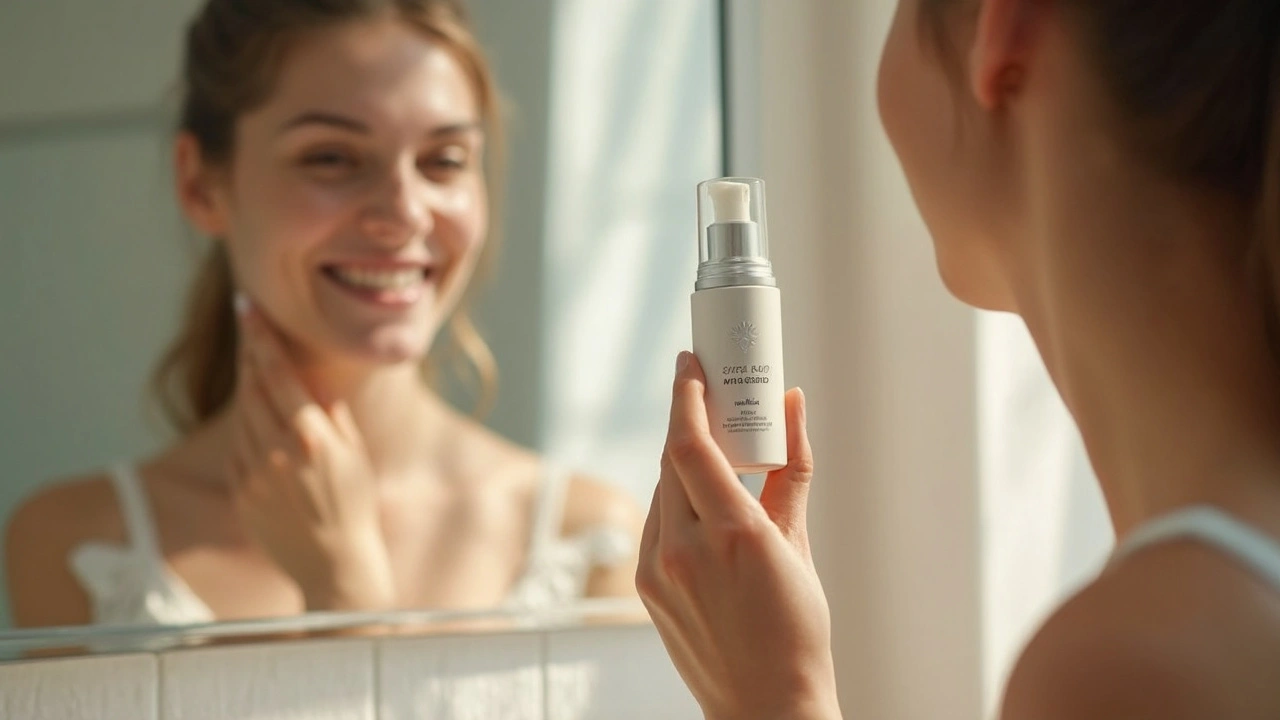Azelaic Acid: What It Is, Why It Works, and How to Use It
If you’ve tried a few serums and still see breakouts or uneven tone, chances are you haven’t met azelaic acid yet. This tiny molecule packs a punch by killing acne‑causing bacteria, calming inflammation, and fading dark spots—all without harsh irritation.
Key Benefits of Azelaic Acid
First off, azelaic acid is a natural dicarboxylic acid found in grains like wheat and barley. In skincare it acts as a gentle exfoliant that unclogs pores and smooths texture. For acne, it reduces the amount of *Propionibacterium acnes* on your skin, which means fewer pimples and less redness.
People with rosacea love it because it calms flare‑ups without the burning you get from stronger acids. It also blocks the production of melanin, so over time dark spots, post‑inflammatory hyperpigmentation, and sun damage start to fade.
The best part? Azelaic acid works for most skin types, including sensitive ones. You won’t see the peeling that retinol or glycolic acid can cause, making it a solid choice if you’re new to actives.
How to Add Azelaic Acid to Your Routine
Start with a low concentration (10% is common for over‑the‑counter formulas). Apply a thin layer after cleansing and before moisturiser, either once or twice daily. If your skin feels tight, wait a few minutes after washing, then pat on a hydrating serum before the azelaic acid.
Give it at least four weeks before judging results—skin turnover takes time. If you notice mild tingling, that’s normal; intense burning means you’re using too strong a product or layering with another aggressive ingredient.
Avoid mixing azelaic acid with vitamin C or other acids in the same step; they can cancel each other out. Instead, use vitamin C in the morning and azelaic acid at night for maximum benefit.
When buying, look for products that list “azelaic acid” as the first ingredient and are packaged in opaque tubes to protect from light. Reputable brands often have a pH around 4–5, which is ideal for absorption without irritation.
If you’re treating severe acne or rosacea, a prescription‑strength 15% or 20% gel might be needed. In that case, talk to a dermatologist—they can guide you on frequency and combine it with other meds safely.
Bottom line: azelaic acid is a versatile, low‑risk hero for clearer skin, calmer redness, and brighter tone. Give it a try, follow the simple steps above, and you’ll likely see steady improvement without the drama of harsher acids.

Azelaic Acid for Vitiligo: Benefits, Science, and Real-Life Tips
May, 6 2025
